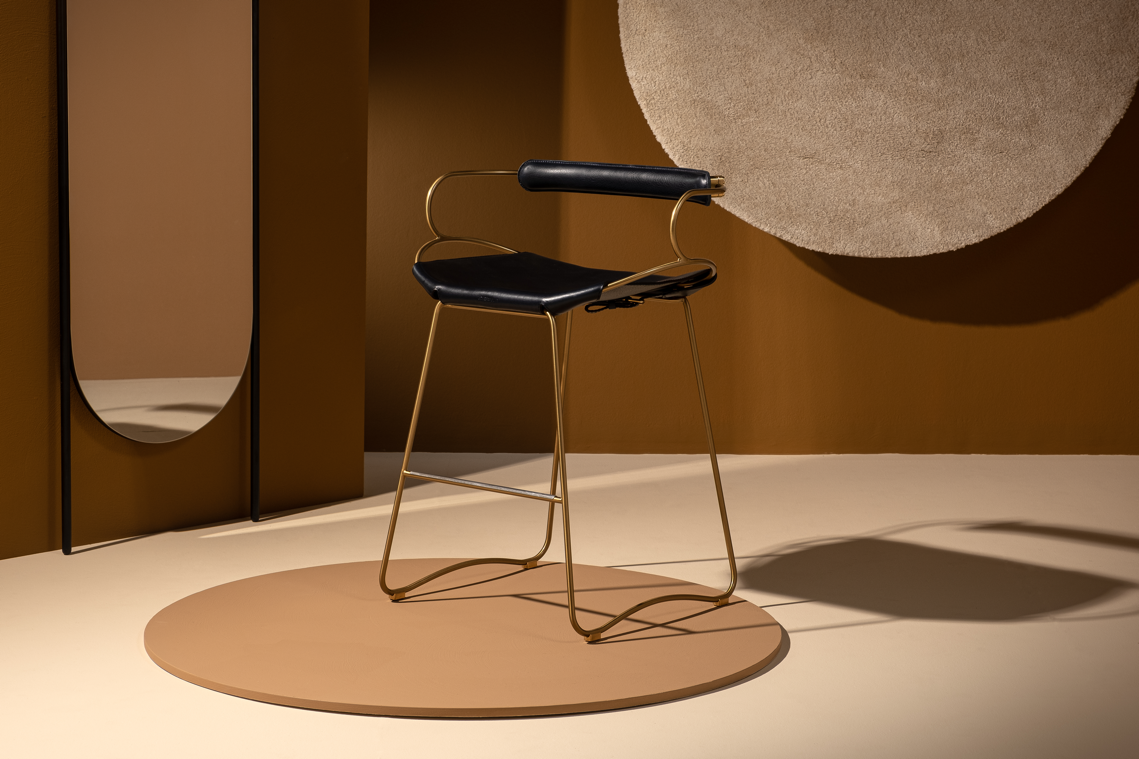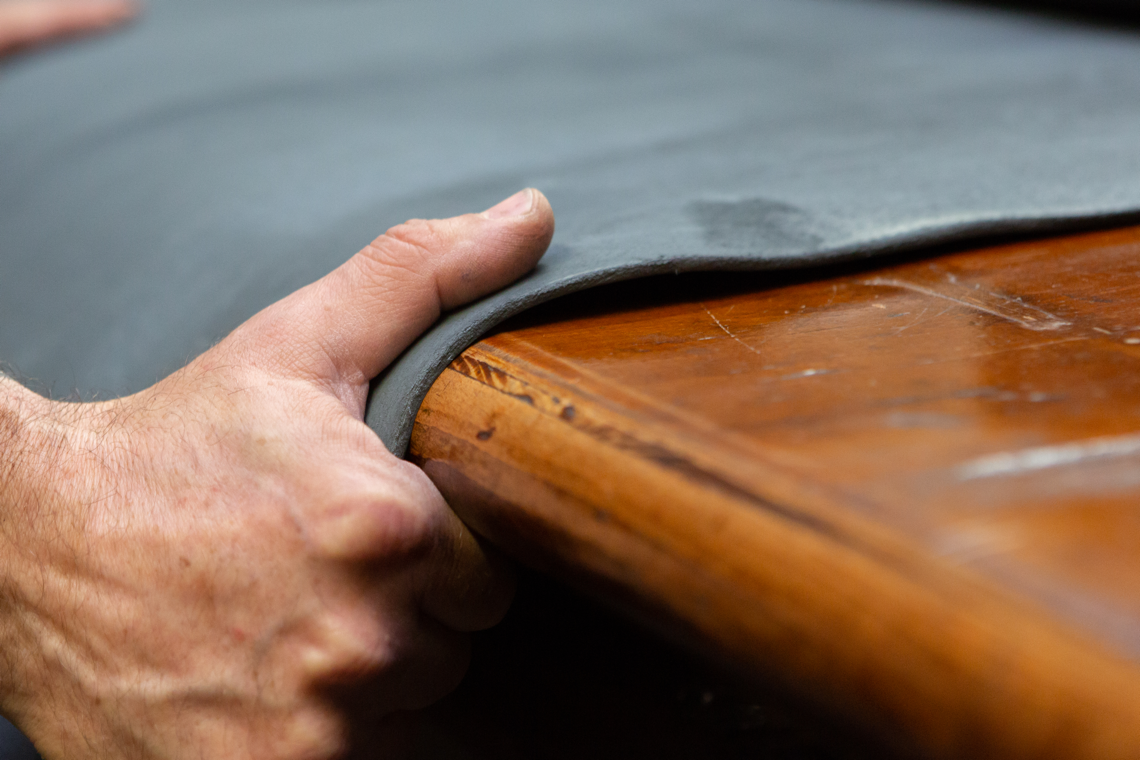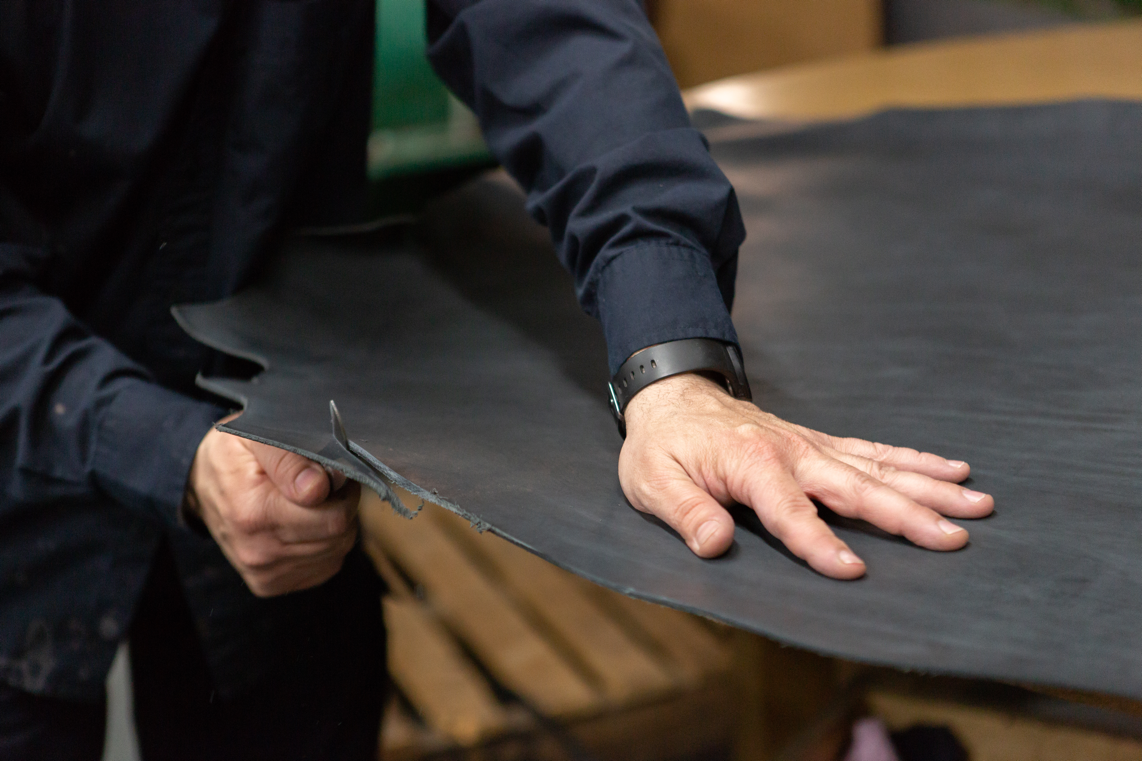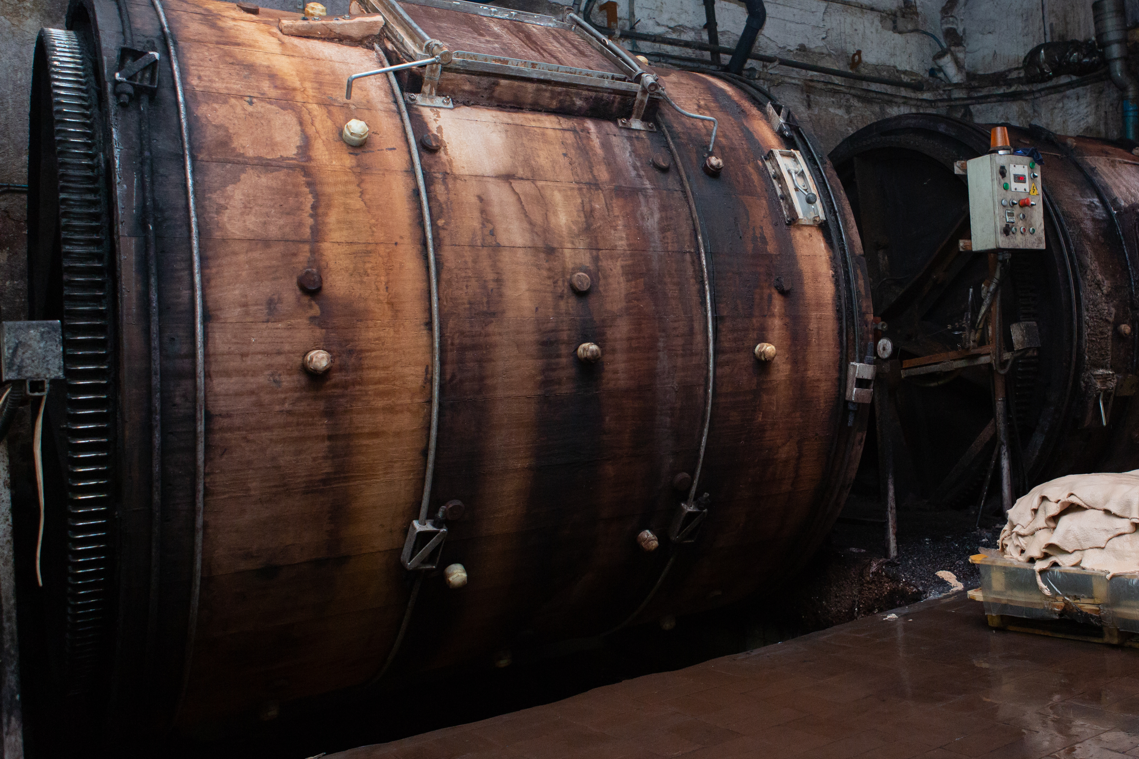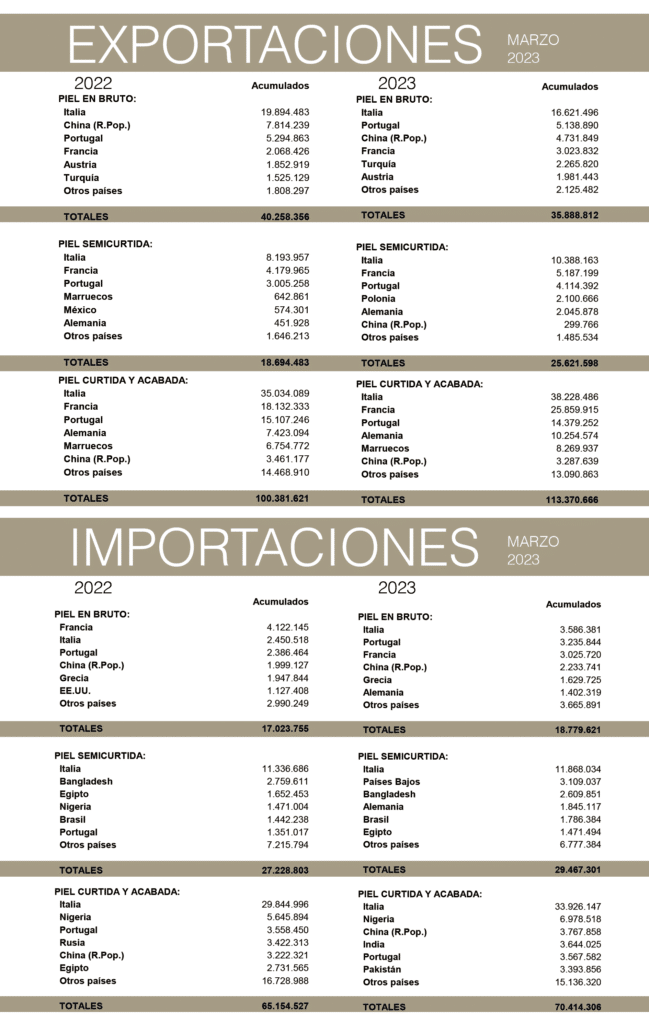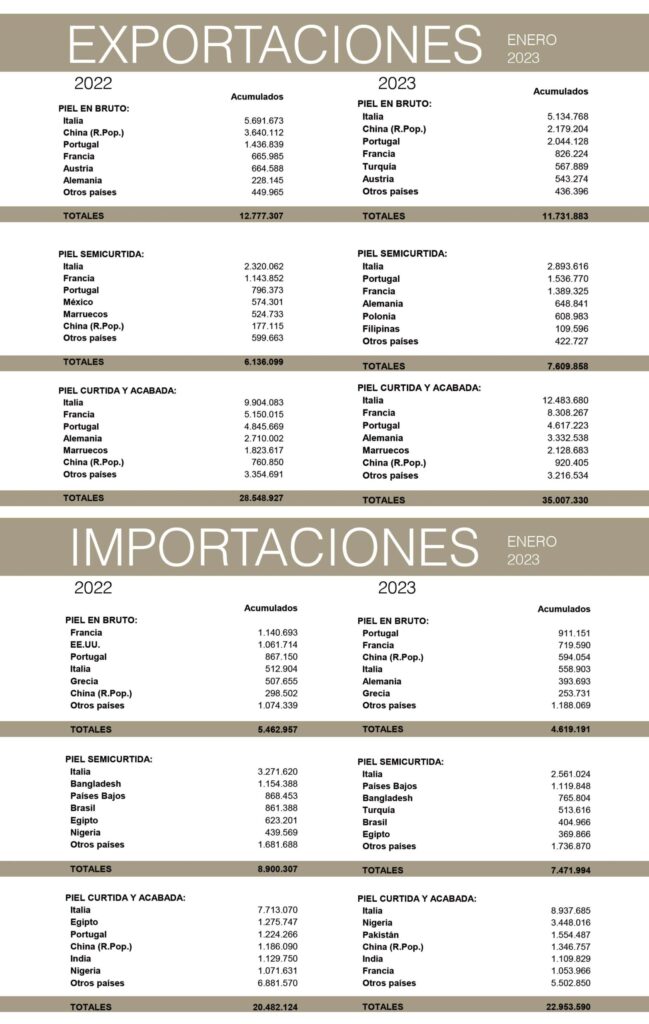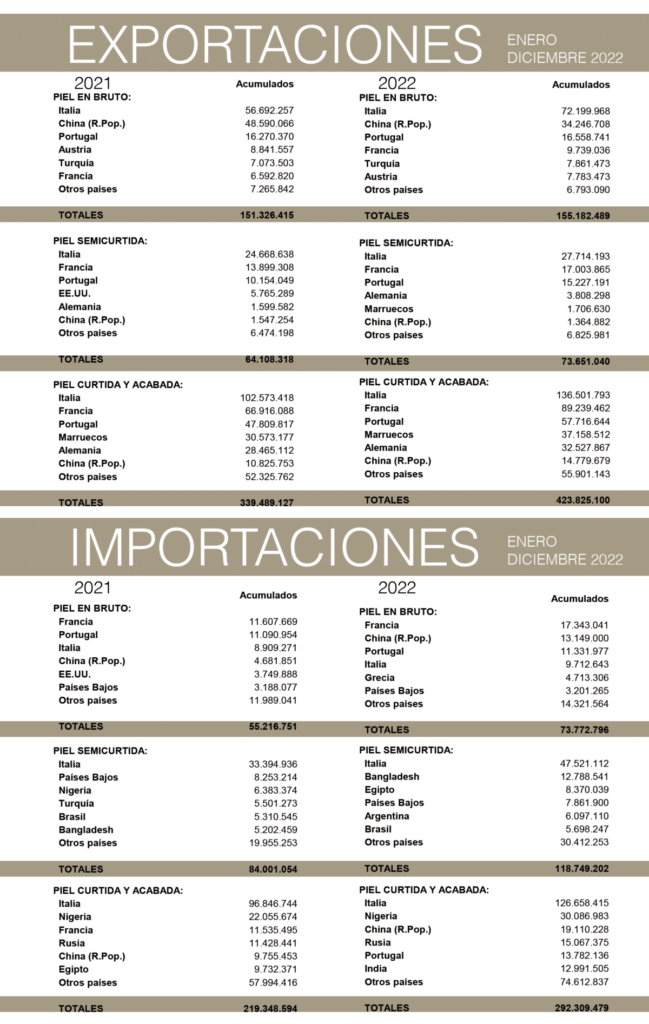Original content by: One4Leather
Leather Naturally reports that Cotance is calling on the European Commission to regulate the use of the term leather. It says that people are confused by non-leather materials appropriating the word ‘leather’ in a misleading way. At the same time, Leather Naturally welcomes at least a small step in the right direction: the European Council of Ministers approved an Italian decree protecting the term. This will impose a ban on the use of Italian terms for ‘leather’ to identify materials not derived from animals.
The issue of misleading leather labelling is a source of much frustration in the leather industry. COTANCE estimates the loss of business to European tanners due to these practices to be 1.7 billion euros per year – or about 20% of the sector’s yearly turnover.
While the industry welcomes healthy competition, it does not seem fair that manufacturers of synthetic alternatives to leather can get away with mislabelling them – especially as a recent report by FILK demonstrated that no single ‘leather alternative’ matches all of leather’s characteristics.
Other sectors such as textiles have successfully achieved legal protection at an EU level for particular product names. But when it comes to leather, EU consumers have no such blanket protection when purchasing articles sold as leather. As with the recent Italian initiative, some individual countries (e.g., Austria, Belgium, France, Italy, Lithuania and Spain) have addressed the issue at a national level, but generally, legislation remains fragmented – which invites abuse by smart (unscrupulous) operators.
Isn’t it time the European Commission acted to prevent duplication of national efforts by creating a level playing field for all players in the industry?
You can read the original post HERE.


